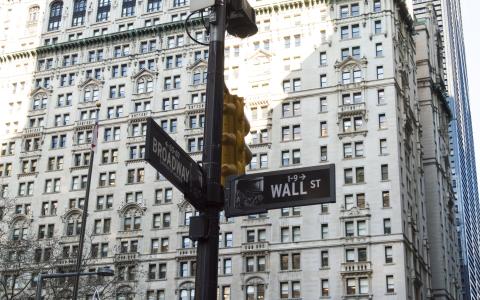
The increasing likelihood of a stock market surge, potentially initiated by Federal Reserve policies, is drawing attention, as noted by seasoned investment strategist Ed Yardeni.
The resurgence of the "Fed Put"—the expectation that the Fed will intervene to stabilize markets with interest rate cuts at the first hint of economic distress—has been reinvigorated following remarks from Fed Chairman Jerome Powell, who recently hinted that the next adjustment in interest rates might be a reduction rather than an increase.
Yardeni highlighted to his clients, "The revived anticipation that the Fed will preemptively counteract a recession by easing policies signifies the return of the Fed Put. This development diminishes the likelihood of both a recession and a bear market while heightening the potential for a stock market surge."
This anticipation of monetary easing, whether it materializes or not, could potentially trigger a significant rally in the stock market, driven by renewed investor optimism.
Yardeni himself projects the S&P 500 to reach record levels by year-end, hitting 5,400, and possibly climbing as much as 25% to 6,500 by 2026. "We do not foresee a recession this year that would necessitate a Fed intervention through easing. However, the mere belief among some investors that this could occur has effectively reinstated the Fed Put, introducing a higher probability of a stock market surge," Yardeni stated.
Supporting Yardeni's optimistic stock market forecast is the upward adjustment in earnings expectations following stronger-than-anticipated results from the first quarter. Analysts now predict a 10.1% increase in S&P 500 earnings for this year, with expectations of 13.9% growth in 2025 and 11.8% in 2026, signaling a more positive outlook for corporate earnings.
Yardeni notes, "Historically, when the likelihood of a recession is low, forward earnings projections for the S&P 500 serve as a reliable indicator of actual earnings," emphasizing that rising earnings are a key driver of long-term stock price increases.
However, the potential for a stock market surge also brings with it the risk of a subsequent sharp decline, as such rapid ascents in the market are often unsustainable and typically followed by rapid downturns.
Investors now face the critical question of whether a potential stock market surge and its eventual downturn will occur at significantly higher or lower price levels than current ones.



